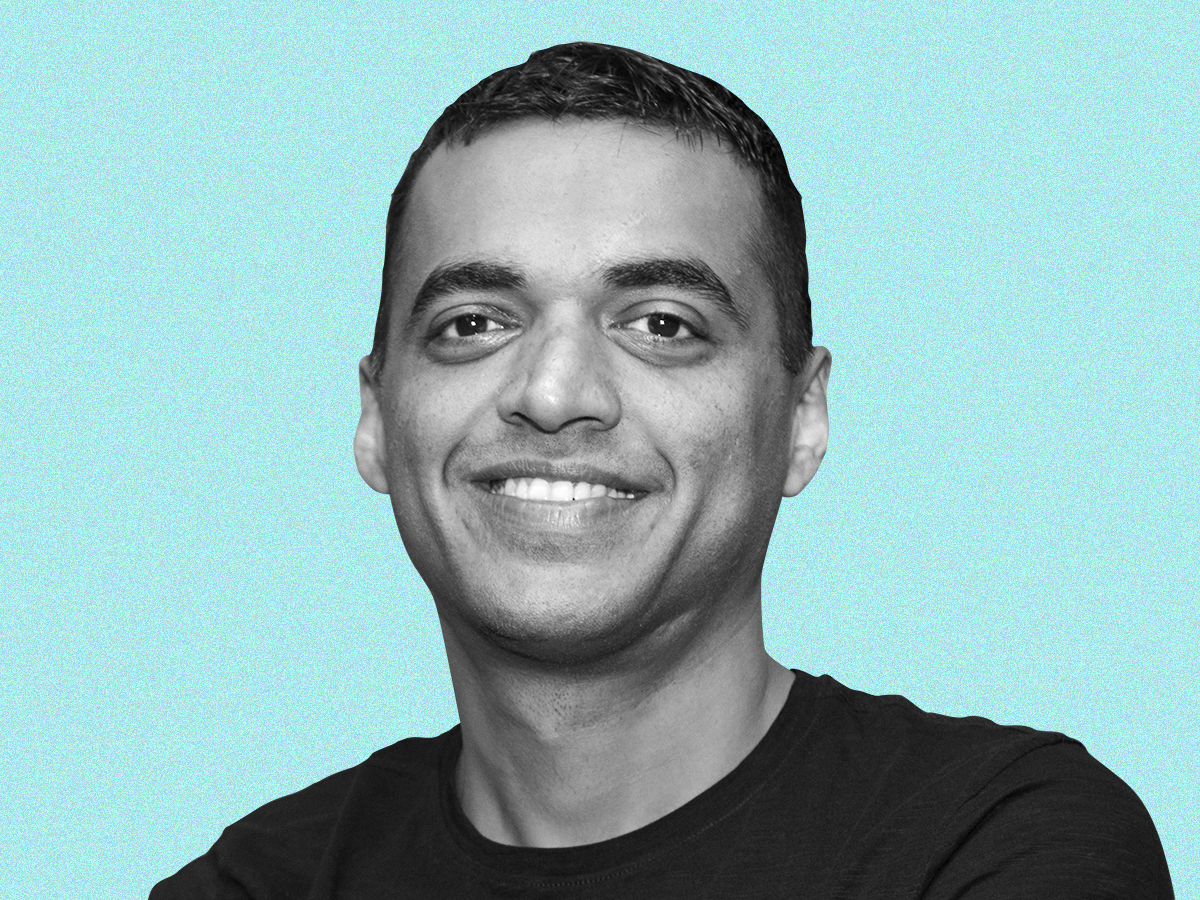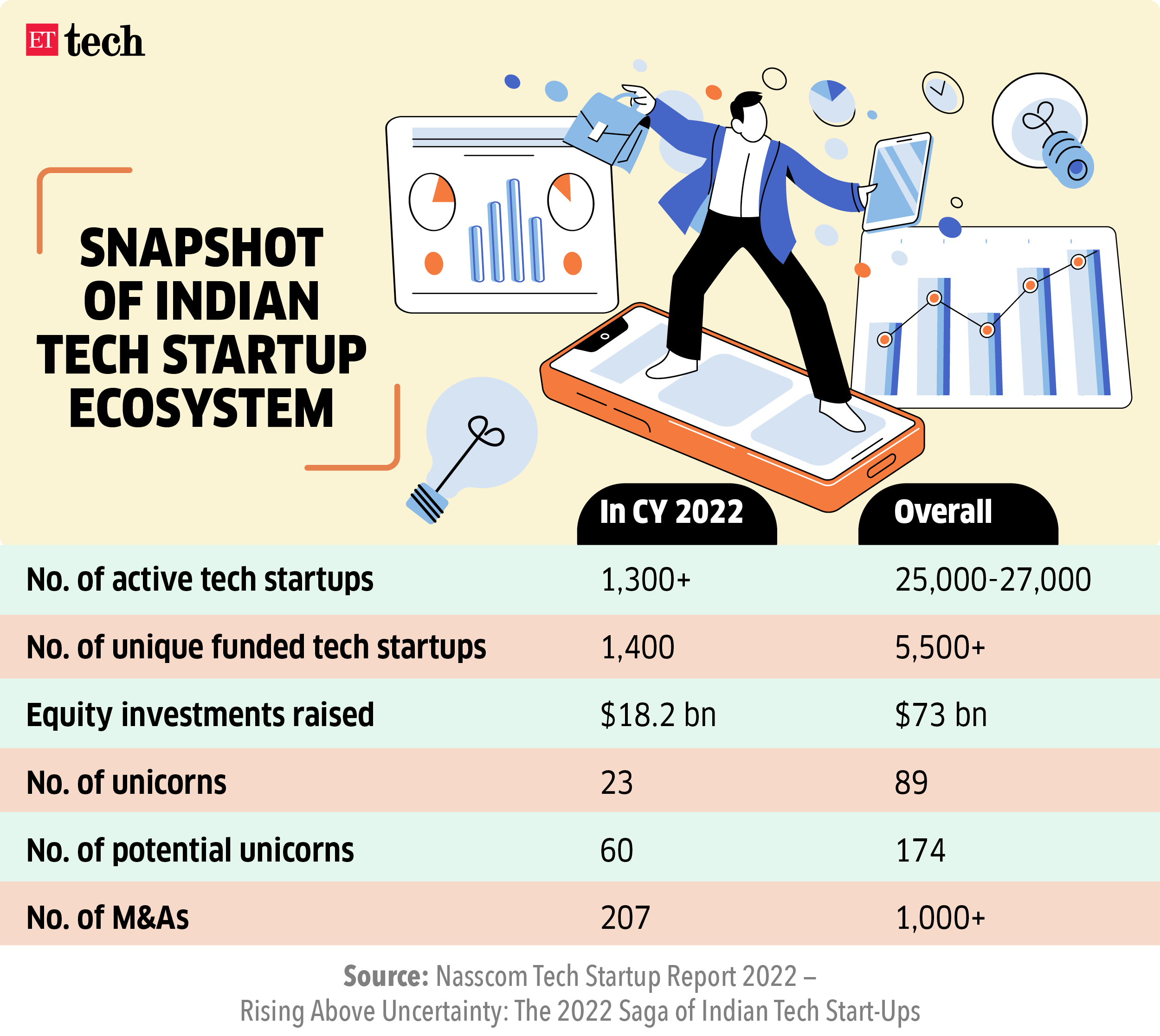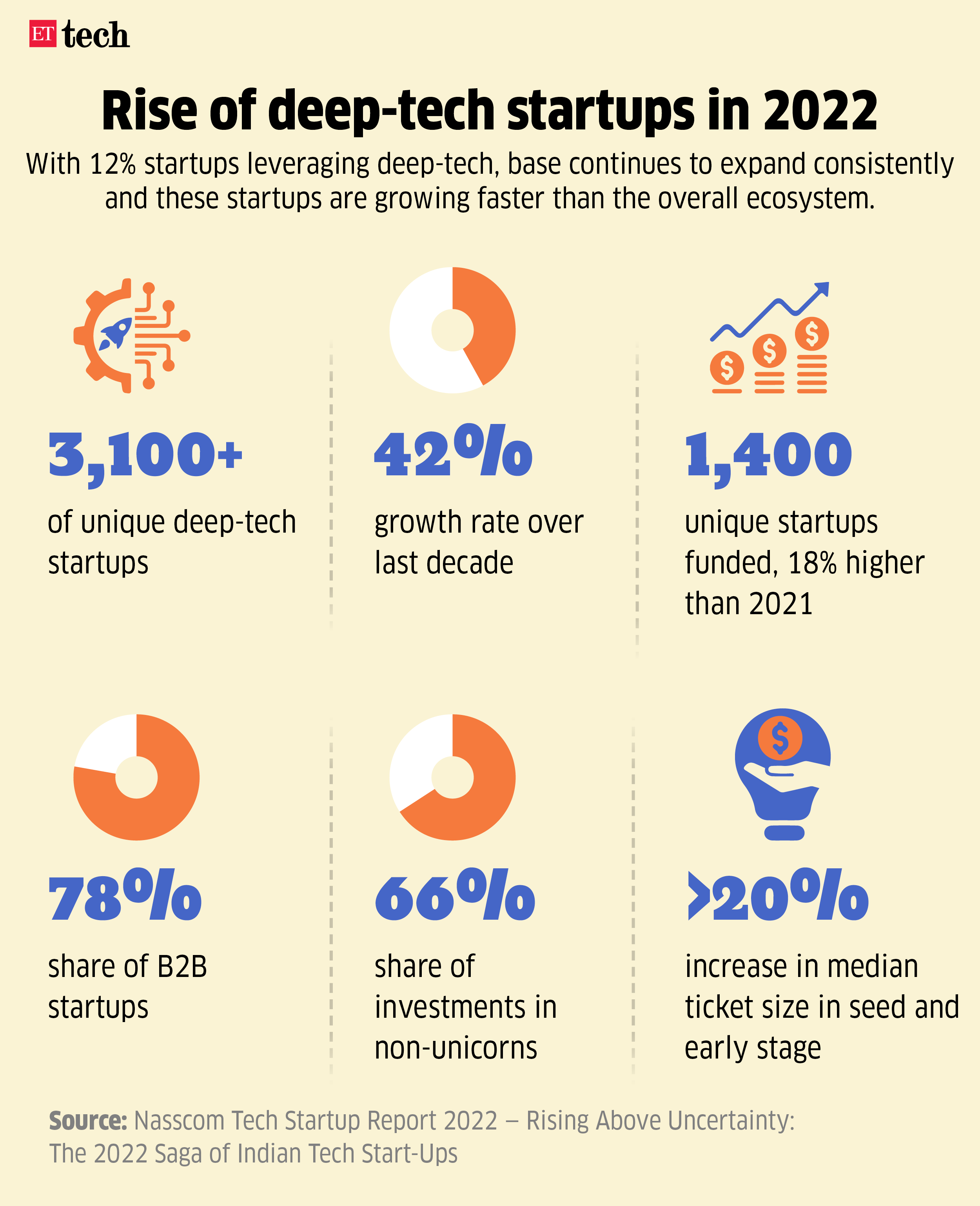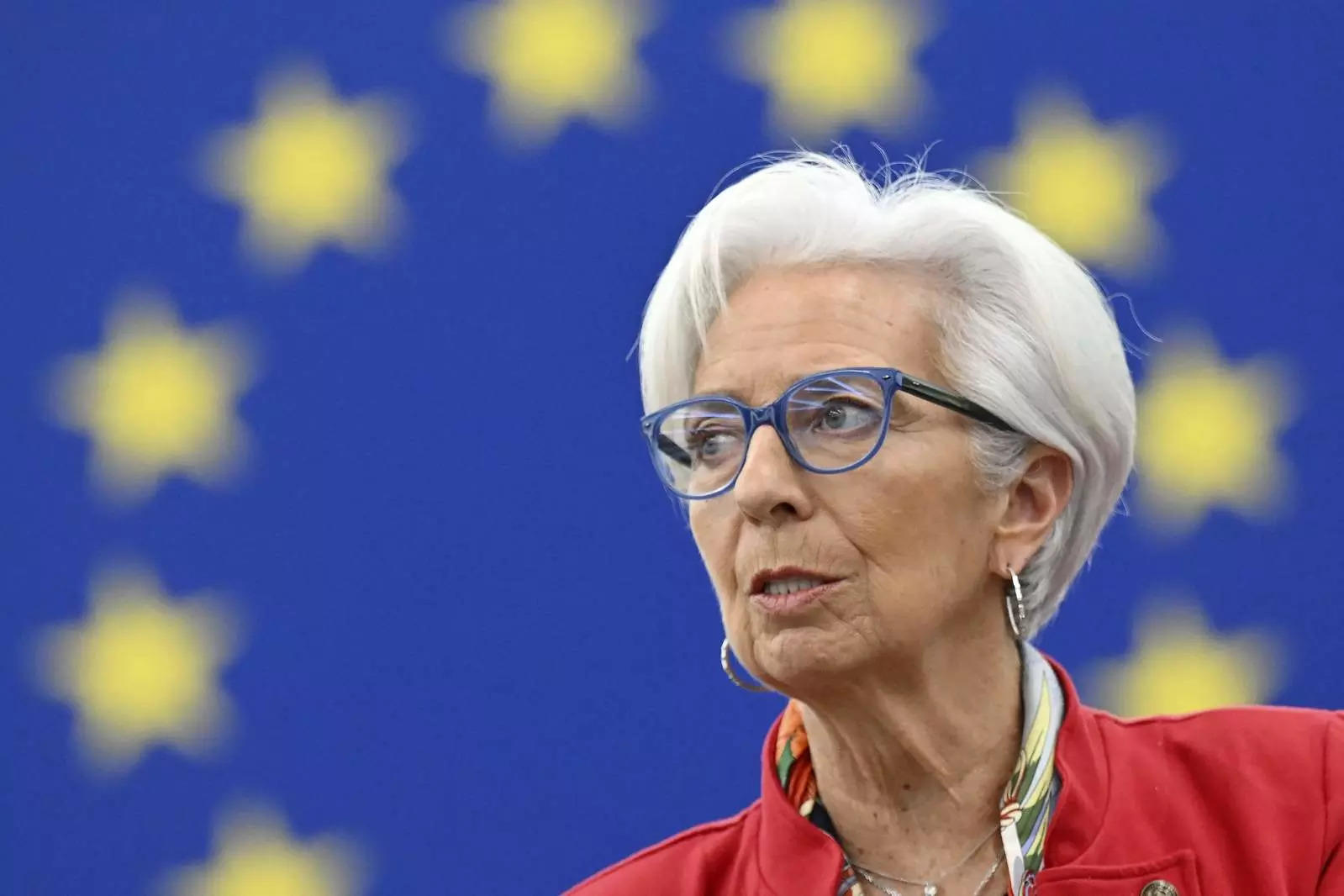Zomato can be $1 billion plus in profit by 2030, says Deepinder Goyal; Twitter continues with layoffs
This and more in today’s edition of ETtech Top 5.
Also in this letter:
■ Infographic Insight: Tech startups take the growth leap
■ India must push for universal regulation: ECB chief
■ ‘Hike in minimum broadband speed to improve service quality’

“The way we see the business growing and changing in terms of scale and profit, I think we can easily be a billion dollars plus in profit in seven-eight years. But who knows, fingers crossed,” said Zomato CEO Deepinder Goyal.
On recent exits: “We have about 175 people who have spent more than eight years with us. So, we do not have an attrition problem inside the organisation. Outside of the timing issue, which was like three-four people in like three-four months, it is all normal here.”
In the last couple of months, Zomato has seen several top-level exits, including co-founder and chief technology officer Gunjan Patidar, cofounder Mohit Gupta, head of new initiatives Rahul Ganjoo, and vice-president and head of intercity legends service Siddharth Jhawar.
On business slowdown: “I do not think that it has hit a mature curve, it was a temporary two-three month phase. We also said in the last letter that we think that we are almost back in action in terms of growth. I think this market should grow 10-20x over the next decade,” Goyal said.
Zomato asks for higher commission: ET exclusively reported that Zomato is seeking a 2-6% increase in commission charges from its restaurant partners which have triggered a conflict. Restaurant partners have not agreed to the Zomato demand. The National Restaurant Association of India (NRAI) president Kabir Suri said the matter will be taken up with Zomato.
Twitter lays off another 200; fired product head says her ‘hard work not a mistake’

After cutting down over 50% of roughly 7,500 employees at microblogging site Twitter, its new billionaire-owner Elon Musk has initiated another round of layoffs. Twitter has laid off at least 200 employees as part of its latest round of job cuts, according to a report in The New York Times.
Who is impacted? The job cuts took place Saturday night and impacted product managers, data scientists and engineers who worked on machine learning and site reliability. The team helped keep Twitter’s various features online, the report stated, citing people familiar with the matter.
Further, the firm eliminated 50 jobs across engineering teams, including those supporting advertising technology, the main Twitter app, and technical infrastructure to keep its systems up and running.
‘Hard work not a mistake’: Twitter’s product head Esther Crawford, who was fired in the latest round of layoffs at the microblogging site, said the worst take people can have looking at her go all-in on Twitter 2.0, after Elon Musk acquired the company in October last year, would be to call it a mistake.
“The worst take you could have from watching me go all-in on Twitter 2.0 is that my optimism or hard work was a mistake. Those who jeer & mock are necessarily on the sidelines and not in the arena. I’m deeply proud of the team for building through so much noise & chaos,” the former product head said in a tweet.
Infographic Insight: Tech startups take the growth leap
.jpg)
India, the world’s third largest tech startup ecosystem, added 1,400 unique funded tech startups in the calendar year 2022, according to the findings of the Nasscom Tech Startup Report 2022 — Rising Above Uncertainty: The 2022 Saga of Indian Tech Start-Ups.
During the year, 23 startups emerged as unicorns. However, 2022 also saw the global public markets experience a correction, particularly in technology stocks which saw a significant drop in valuations.

Even technology companies that were doing well were affected. While global macroeconomic uncertainties were reflected in a slower funding stream for mature startups, early and seed-stage startups attracted higher funding.

These changes prompted the tech startups to adapt to market shifts and look at growth, not just survival with a dual focus on customers and investors in 2023. The continued growth of DeepTech startups also highlighted the entrepreneurs’ shift to first principles thinking to drive ‘new to India, new to the world solutions’.
India has experience in crypto, must push for universal regulation: ECB chief

India has wide experience in crypto assets, European Central Bank (ECB) president, Christine Lagarde, told us in an exclusive interview during her India visit for the meeting of G20 finance ministers and central bank governors.
Quote unquote: “I see the Indian G20 presidency as a fantastic opportunity for India to draw on its own experience in the field of digitalisation, digital currency, the regulatory environment for cryptocurrencies and to push that agenda on a universal basis to bring some sanity into this particular sector. India has been at it for a long time. I think that India has great experience,” Lagarde said.
Crypto regulation in focus: India, which is currently holding the G20 Presidency, has proposed that the International Monetary Fund (IMF) and the Financial Stability Board (FSB) jointly prepare a technical paper on crypto assets.
The IMF had recently released a nine-point action plan on cryptocurrency for its member countries. More on this here
Tweet of the day
Increase in minimum broadband speed to improve service quality, says Broadband India Forum president

Broadband India Forum (BIF) president TV Ramachandran told us that the change in the definition of minimum speed for broadband in India to 2 Mbps from 512 Kbps will improve the overall quality of service for consumers, particularly in rural, suburban, and fringes of metros.
Policy change: Following the recommendations of the Telecom Regulatory Authority of India (Trai), the department of telecommunications notified that broadband services must have a minimum download speed of 2 Mbps.
Need for infra: “We don’t have (tower density) anywhere near as much as China, for example, and this is not only macro towers but small cells and in-building solutions, they are all needed in the right proportion. We are far away from that. We need much more infrastructure than what we have at present,” Ramachandran said.
Word of caution: Ramachandran that the government should not look at revenue maximisation, but rather encourage more investments in the networks.
He said revenue will come to the government indirectly from the public, once investments in networks deliver better quality, more subscribers will come who will use the networks better to increase productivity, generate income, and have a multiplier effect.
Today’s ETtech Top 5 newsletter was curated by Megha Mishra in Mumbai and Gaurab Dasgupta in New Delhi. Graphics and illustrations by Rahul Awasthi.
For all the latest Technology News Click Here

